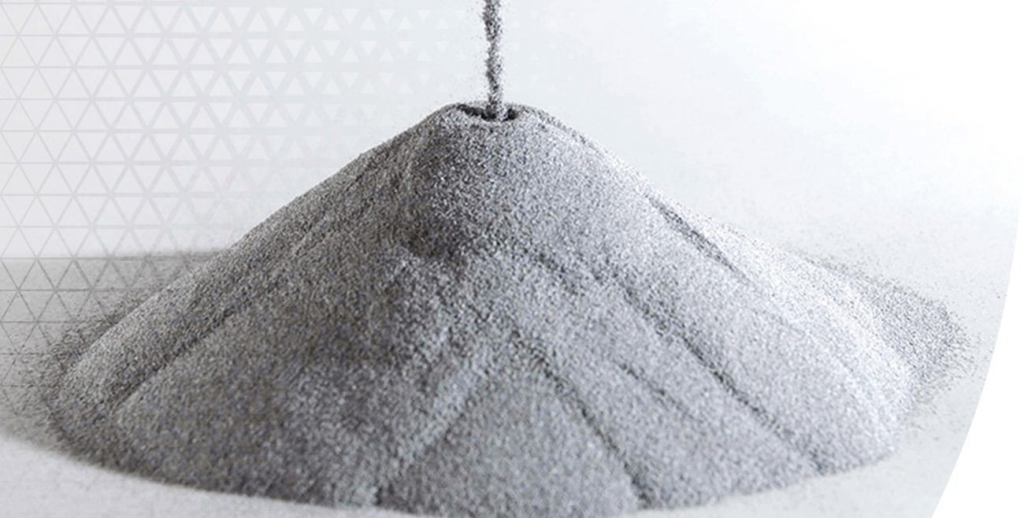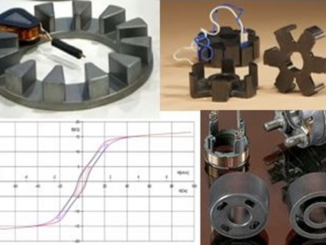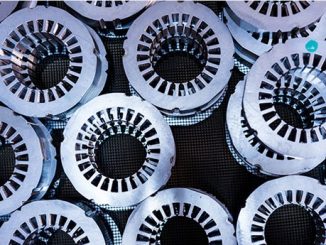
Carpenter Technology, manufacturer of a broad range of soft magnetic and other alloys, is moving aggressively to become a major supplier for the additive manufacturing market. In its latest move, the company announced on May 14, the formation of a new business unit. Carpenter Additive. That follows on its $81 million acquisition in October of LPW Technology, a UK-based additive manufacturing company and, earlier, establishment in the U.S. of an emerging technology research and development center.
Cobalt powders, used in many magnetic alloys, are among its range of stock powders supplied by the new unit. The full roster includes many others ranging from steel, aluminum, tungsten to refractory metals. The company is also offering to develop custom powders.

“From powder production to manufacturing and finishing parts, the full spectrum of our capabilities is what differentiates Carpenter Additive from the rest of the additive manufacturing industry,” said Tony Thene, chief executive officer. “We are revolutionizing how customers approach this disruptive technology by offering end-to-end solutions through an array of technical expertise, powder production, parts production, and material lifecycle management.”
Its capabilities span the entire process for additive manufacturing, said Thene, including engineered gas atomized powders, metal powder lifecycle management solutions, finished component production , Integrated research and development and industrial-scale post-processing.
The operations of LPW are based in Widnes, Cheshire and bring a specialized team of about 80 people to the new business unit. “The acquisition combines LPW’s metal powder lifecycle management technology and processes with our technical expertise in producing highly engineered metal powders and additively manufactured components,” commented Thene. Lifecycle management technology is becoming increasingly important to understanding how materials behave before, during, and after production in the powder-bed fusion process, he explained. “Understanding powder behavior is critical as additive manufacturing becomes more widely adopted and implemented across various industries.”
For more info, see www.carpenteradditive.com.



